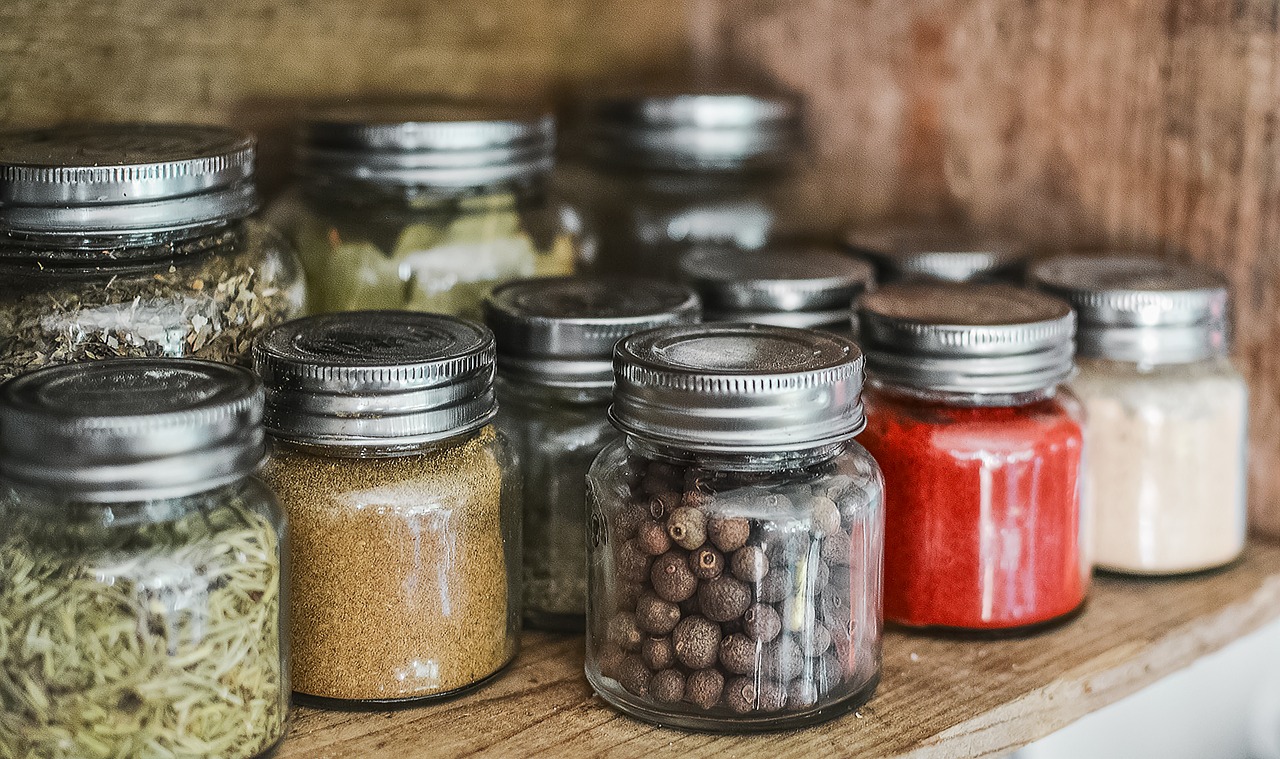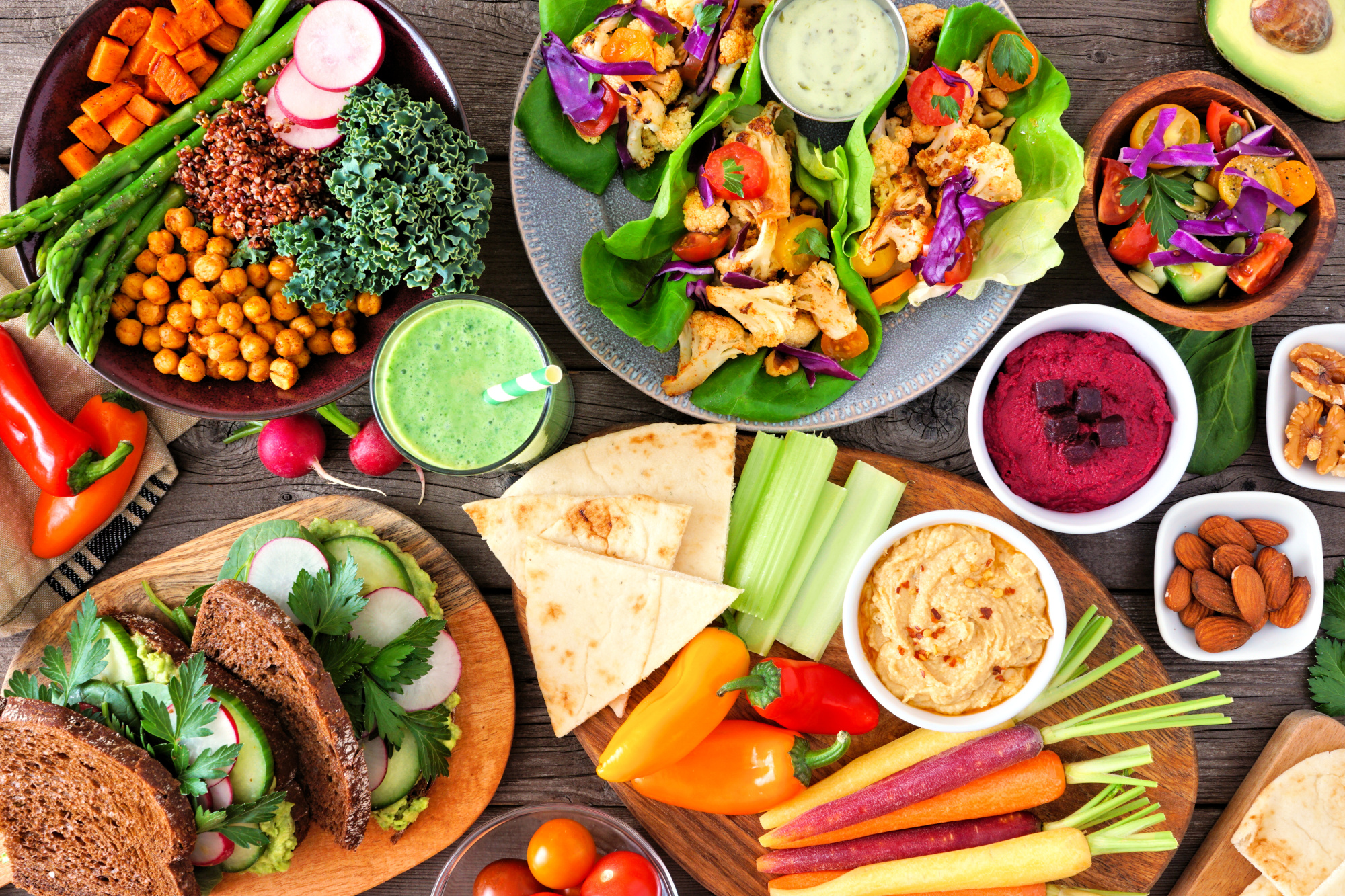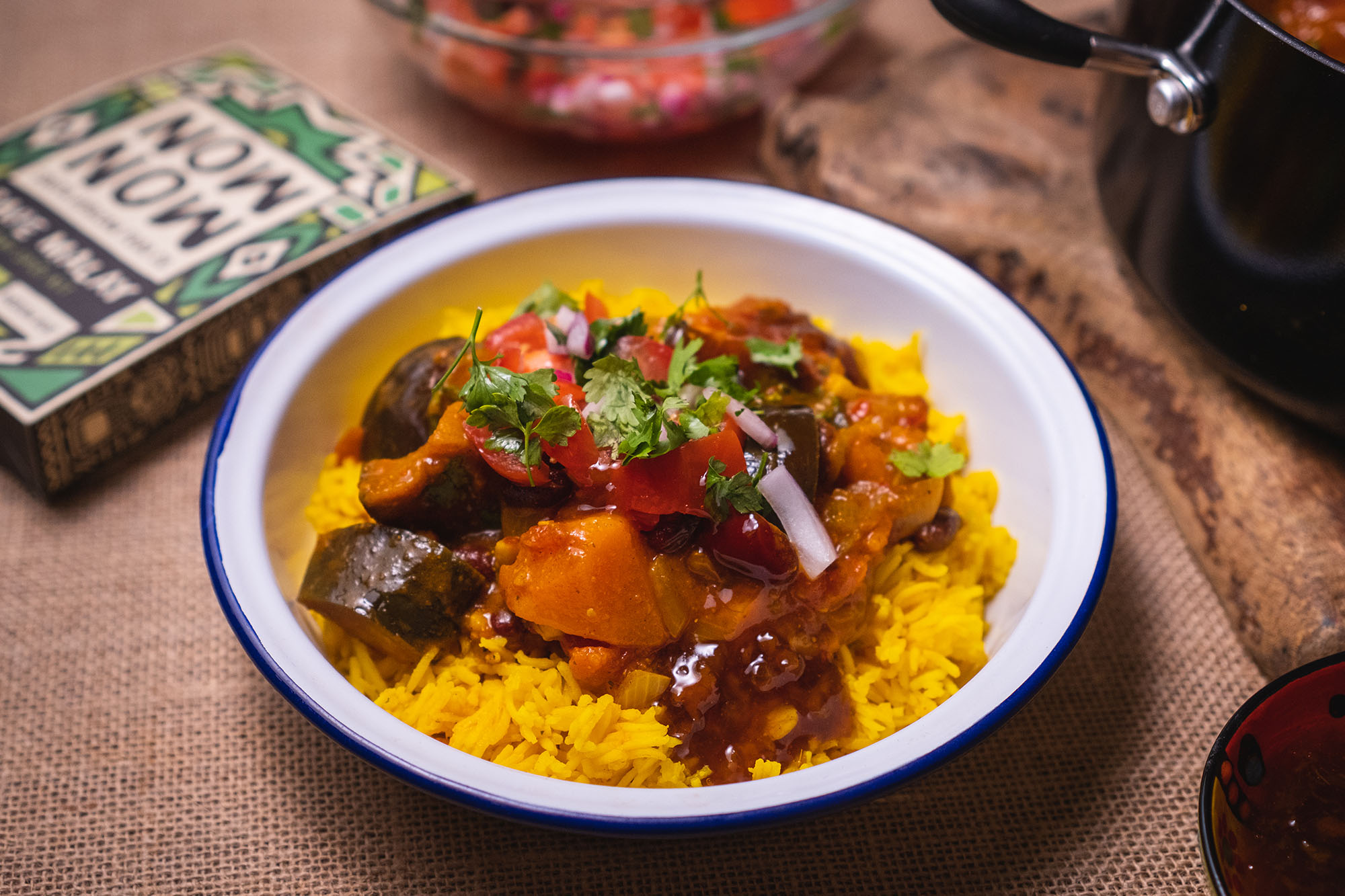For many people, one of the biggest barriers to removing meat from their diet is that they miss the taste. Even though we want to do something good for the planet, our health, and for animals, we often drift back to old eating habits – usually because we think that the taste and texture of meat is hard to match! But, there are a few things that can help you get past this obstacle: the trick is to use herbs and spices to complement the textures of plant proteins, which can really increase the satisfaction we get from food.
Meat spices, and how to hack them
A major factor that determines the taste of meat is the spices that are used in their preparation. There are particular spices that we use so often in combination with meat that for some people, their smell is automatically associated with meat. Hack number one: use these spices with plant-based foods. You can get ‘meat spice’ mixes in supermarkets that do not contain any trace of meat and can be used for plant-based cooking. Try seasoning your vegetables or tofu with these spices: you might be pleasantly surprised!
Of course, you could also make your own spice mix. There are lots of online resources that will show you how to experiment with different options. For a ‘chicken seasoning‘ mix, for example, you might use a combination of basil, garlic powder, mustard powder, paprika, thyme, cumin, and cayenne pepper. For ‘beef’ flavouring, think bay leaves, cumin, curry powder, rosemary, and parsley. As you can tell, the real flavour actually comes from plants!
Get smart with sauces
Besides spices and herbs, there are also numerous vegan sauces. You can find ‘accidentally vegan’ products at the supermarket (just check the ingredients) or you can make your own at home. For example, here’s a quick and easy vegan bechamel sauce recipe: combine 100 g of vegetable fat (e.g. vegan butter) with 100 g of flour. Blend into a roux and then add a litre of cold soya milk. Stir briefly, season with pepper, salt, and possibly a bouillon cube, and you’re done. You can use the bechamel sauce in a veggie lasagne, for example.
A bolognese sauce is also very easy to ‘hack’ using plant-based minced meat: find a standard recipe for bolognese sauce and simply replace the minced beef with vegan minced meat. You should be able to find a few options at your local supermarket, or you can just use dry soya mince, rehydrated with vegetable stock.
The big egg trick
Do you miss the typical egg taste? With a hint of kala namak, you can turn your smashed avocado or crumbled tofu into an egg salad à la vegan! Kala namak is a kind of black salt that can be found in most Asian grocers and health food stores. Because of the high concentration of sulphur in this salt, it has a very distinct boiled-egg taste and makes for a great breakfast option.
Nowadays, there are also many egg-free mayonnaise options available in supermarkets, as well as a range of plant-based meat, fish, and dairy alternatives. Go and explore your neighbourhood’s store offerings!
Get it smokin’
One taste that many people miss is the smoky flavour that often accompanies meaty foods. The hack to overcome this is so easy, you won’t believe it: liquid smoke! This product is made by distilling smoke (from beech wood, for example) into purified water and preserving it in a little bottle. Use it by the drop – it’s strong stuff! It should be available in health food stores or specialist cooking stores. Use it along with other sauces and spices anytime you need some extra smoky flavour in meaty vegan dishes such as tempeh ribs, seitan steak, grilled tofu, or lentil sloppy joes.
Italian herbs
Italian cooking is virtually synonymous with thyme, basil, rosemary and oregano. You can’t go wrong with keeping these herbs on hand in your kitchen, along with parsley, sage, chilli peppers, and bay leaves. Keep your herbs fresh (refrigerated in a breathable container) or dried (in an airtight container on the shelf) or, if you have enough light in your kitchen, grow them on the window sill. Next time you’re making homemade pizza or a marinara sauce for your pasta, just cook up an onion with an Italian-sized dose of garlic, and try out a mix of these herbs to complement the tomatoes and heighten the flavour of the dish. Buon appetito!
Thai spices
Who doesn’t love a good Thai curry? But you don’t have to go to a fancy restaurant to treat yourself to this flavourful dish – you can make your own at home. For a great Thai dish, always use a paste. You can buy ready-made Thai curry pastes in the supermarket (just double check that they are vegan – some contain shrimp paste) or, if you’re up for it, you can whip up your own paste in a food processor. Typically, a good Thai paste contains shallots (or onion), garlic, chillies (green chillies for green curry, red chillies for a red curry), along with other spices and herbs such as coriander, galangal, green peppercorns, lemongrass, turmeric, Thai lime leaves, and Thai basil. With these ingredients, you’re all set for a good balance of the essential Thai flavours: sweet, salty, sour, and spicy. Try it out!
Indian spices
While Indian cuisine covers a wide variety of flavours and uses a huge range of spices, we’ll get you going with some essentials. Cumin is a great option that’s frequently used in Indian cooking, and provides a smoky flavour. Coriander is the ubiquitous Indian spice, a must-have for any kitchen. Turmeric is a yellow spice (be careful not to stain your clothes) that brings a warm colour to dishes. Of course there are many more to add: chilli peppers, fenugreek, cinnamon, cloves, nutmeg, ginger… the list is endless! If you’re making an Indian curry, the easiest approach is to use a store-bought curry powder, which also allows you to choose how spicy you want it on the mild-to-hot scale. Curry powders can vary quite a lot between regions, but they typically contain ground coriander, turmeric, cumin, and peppers – as well as some combination of ground spices such as fenugreek, ginger, garlic, fennel, caraway, cinnamon, clove, mustard, nutmeg, and black pepper. You can also keep these spices separately, whether as whole spices or ground, to use in recipes whenever needed.
There’s a whole world of flavours out there – this is just a small sample! Your plant-based journey is an exciting opportunity to discover a wealth of new tastes and textures. Enjoy your kitchen experiments!










